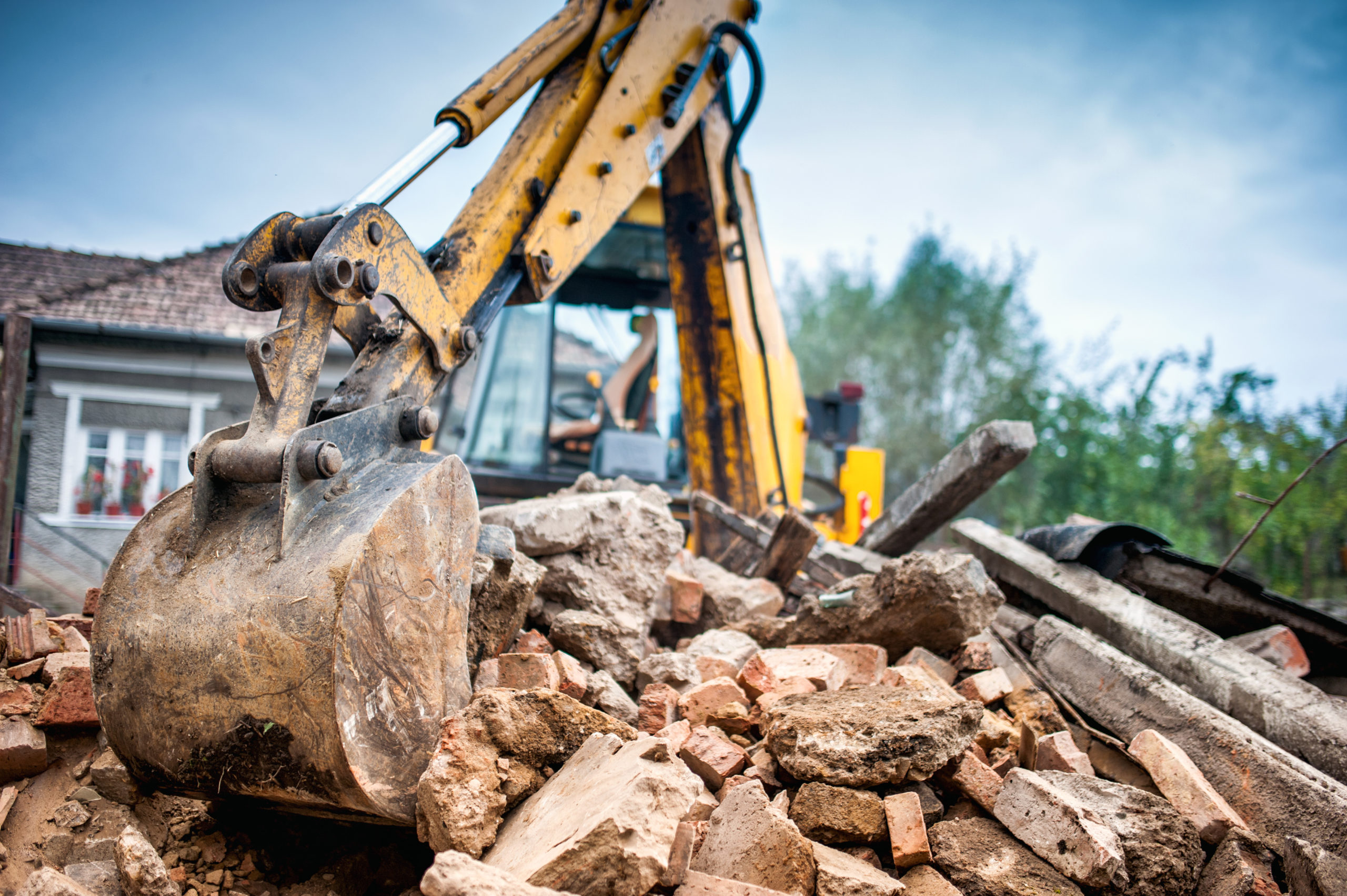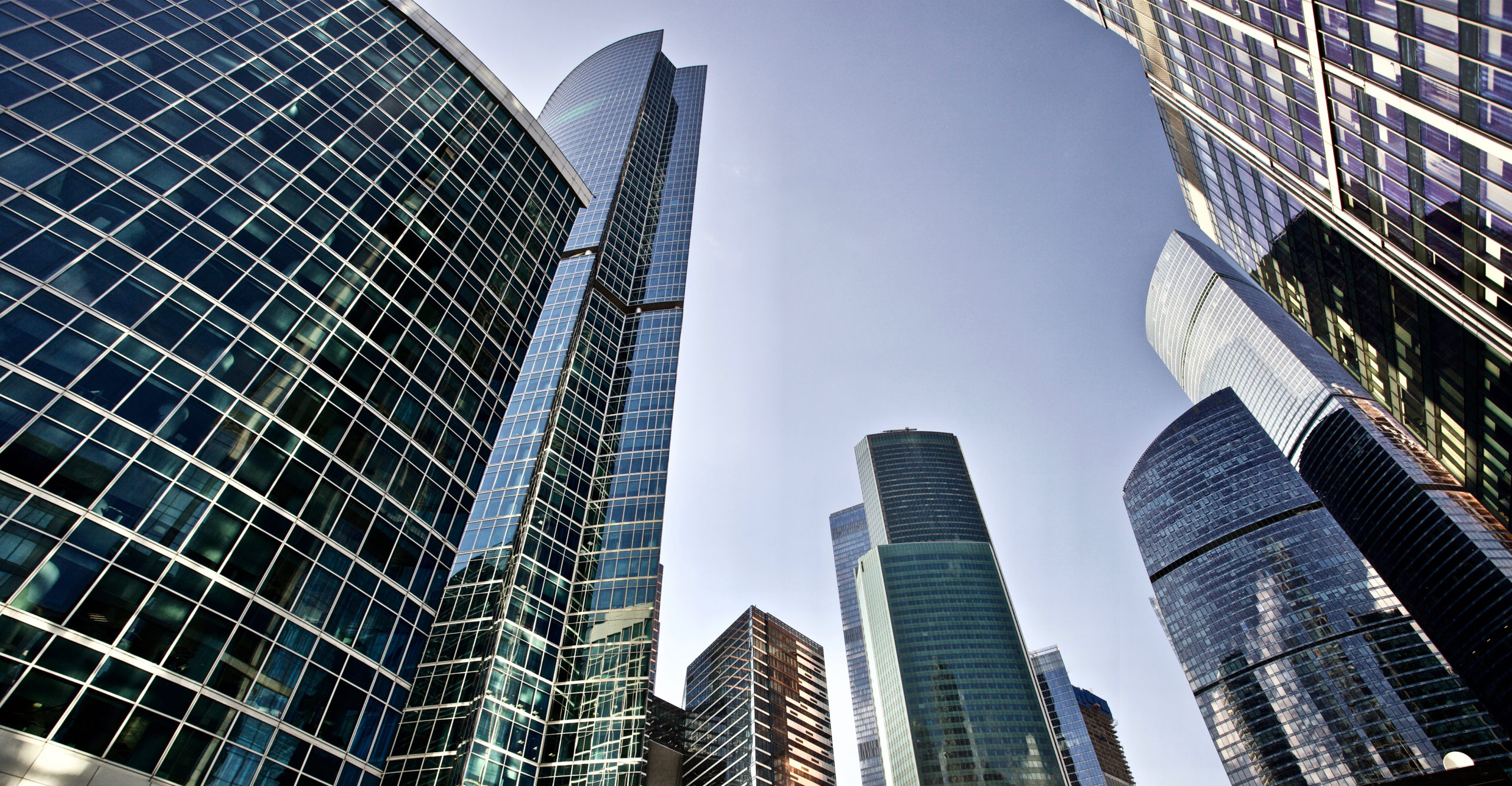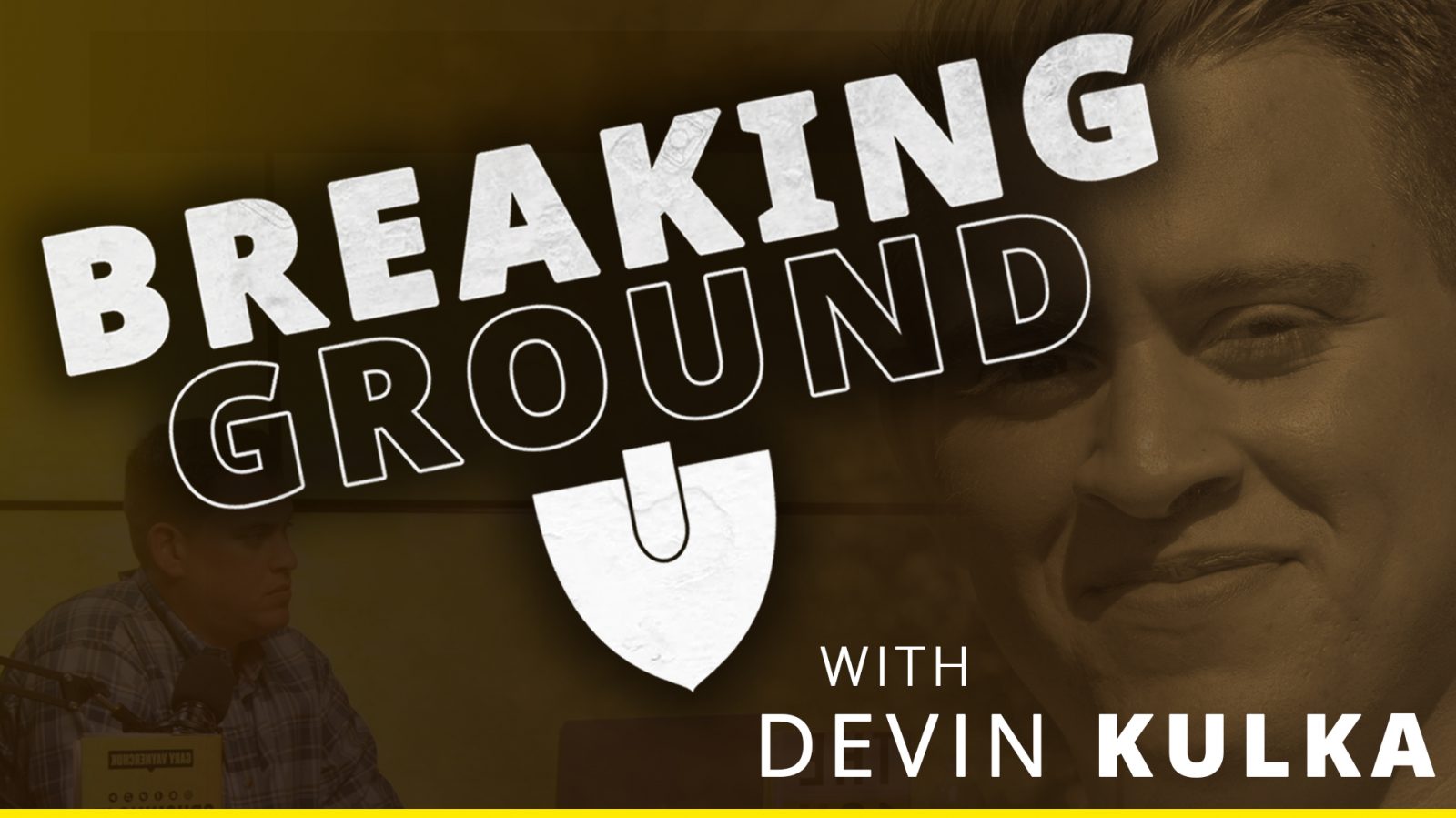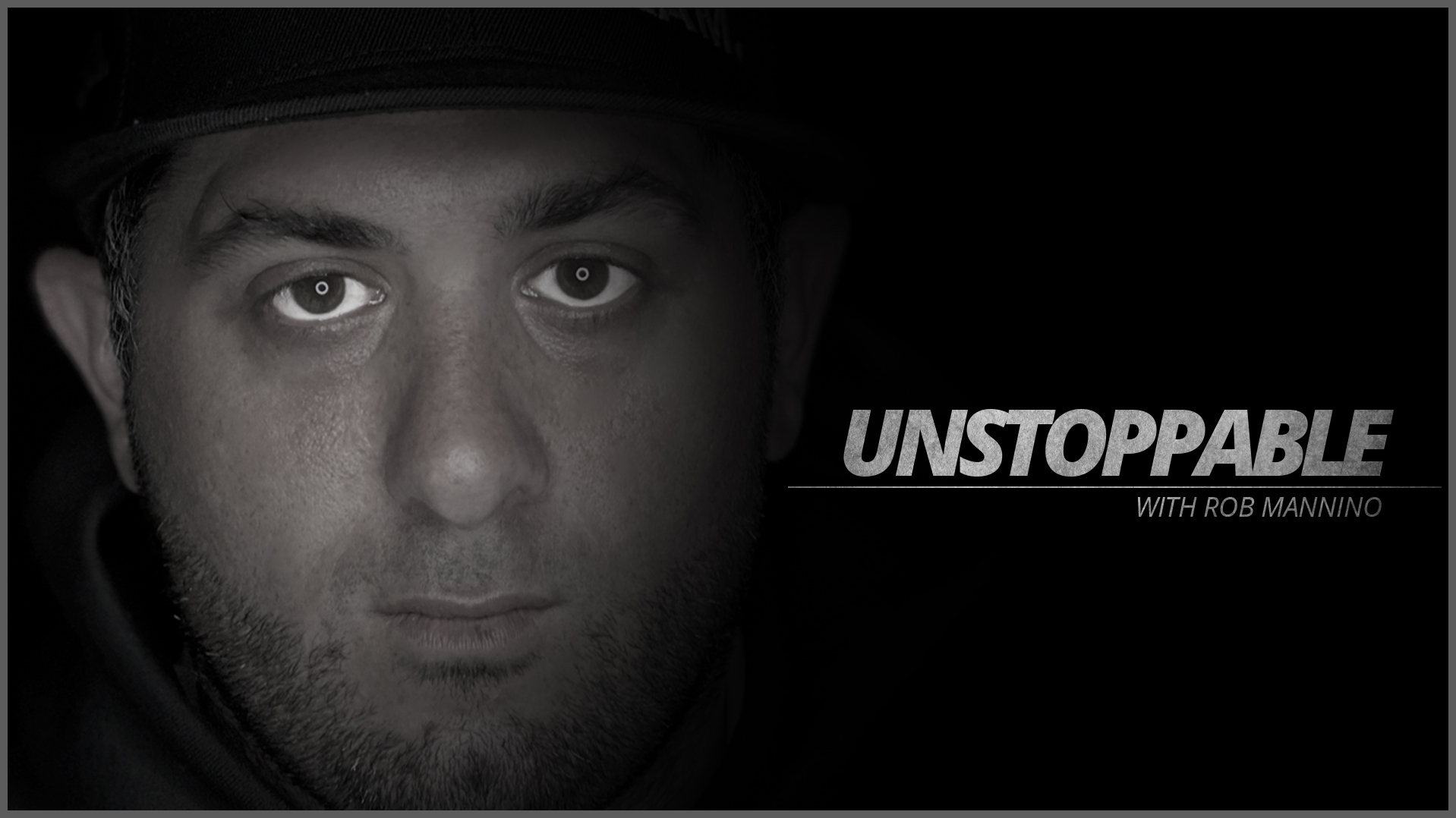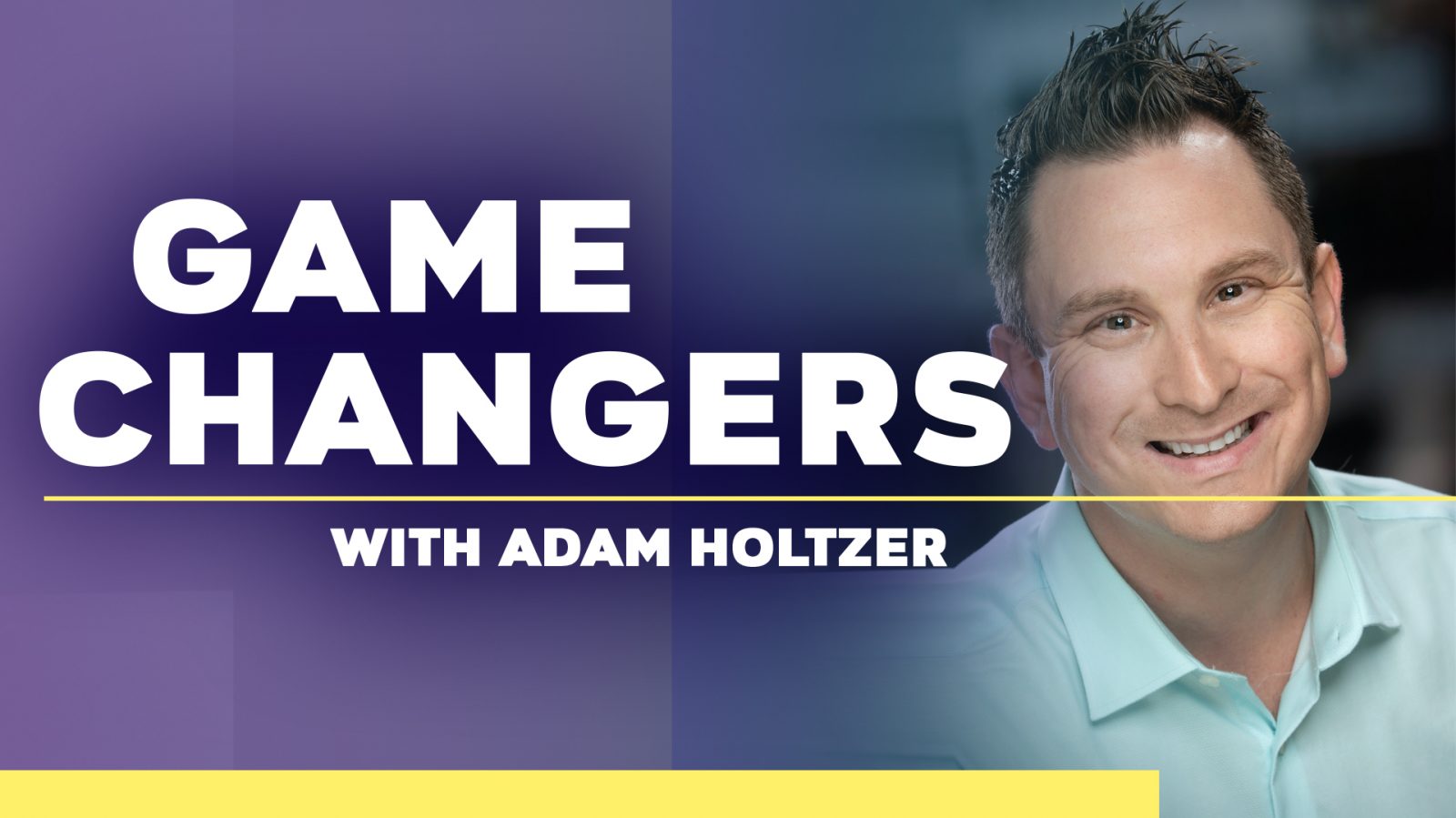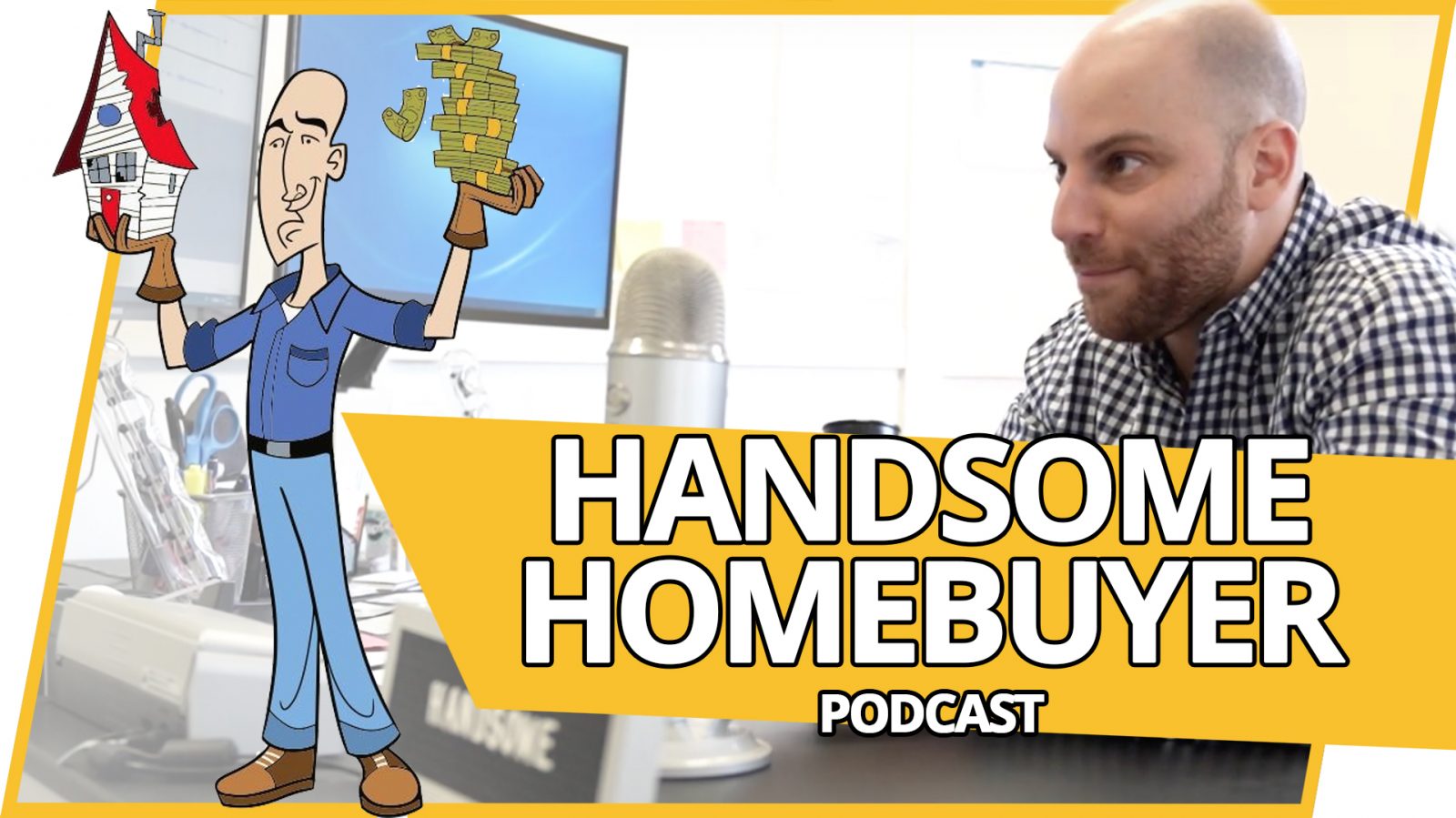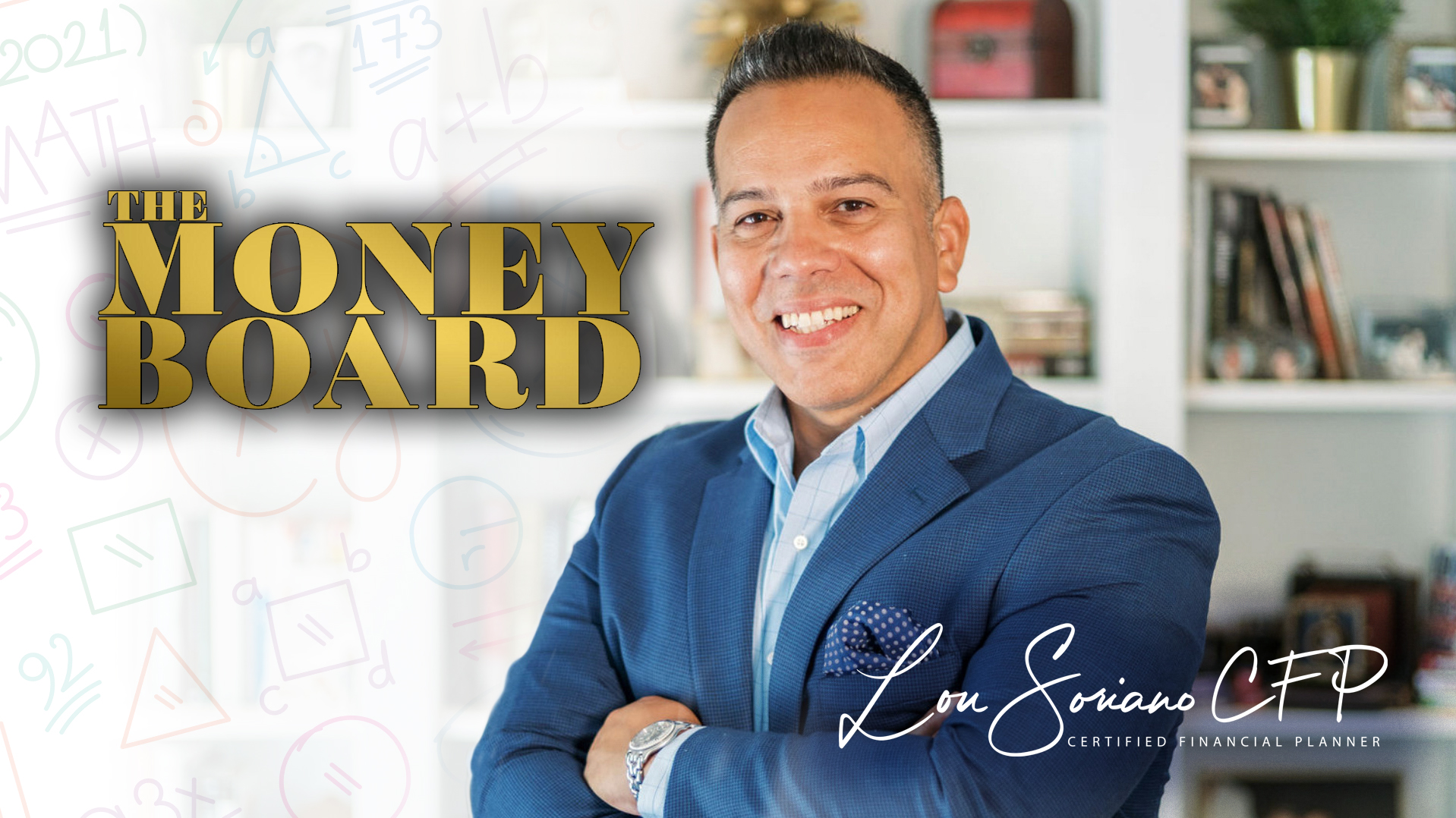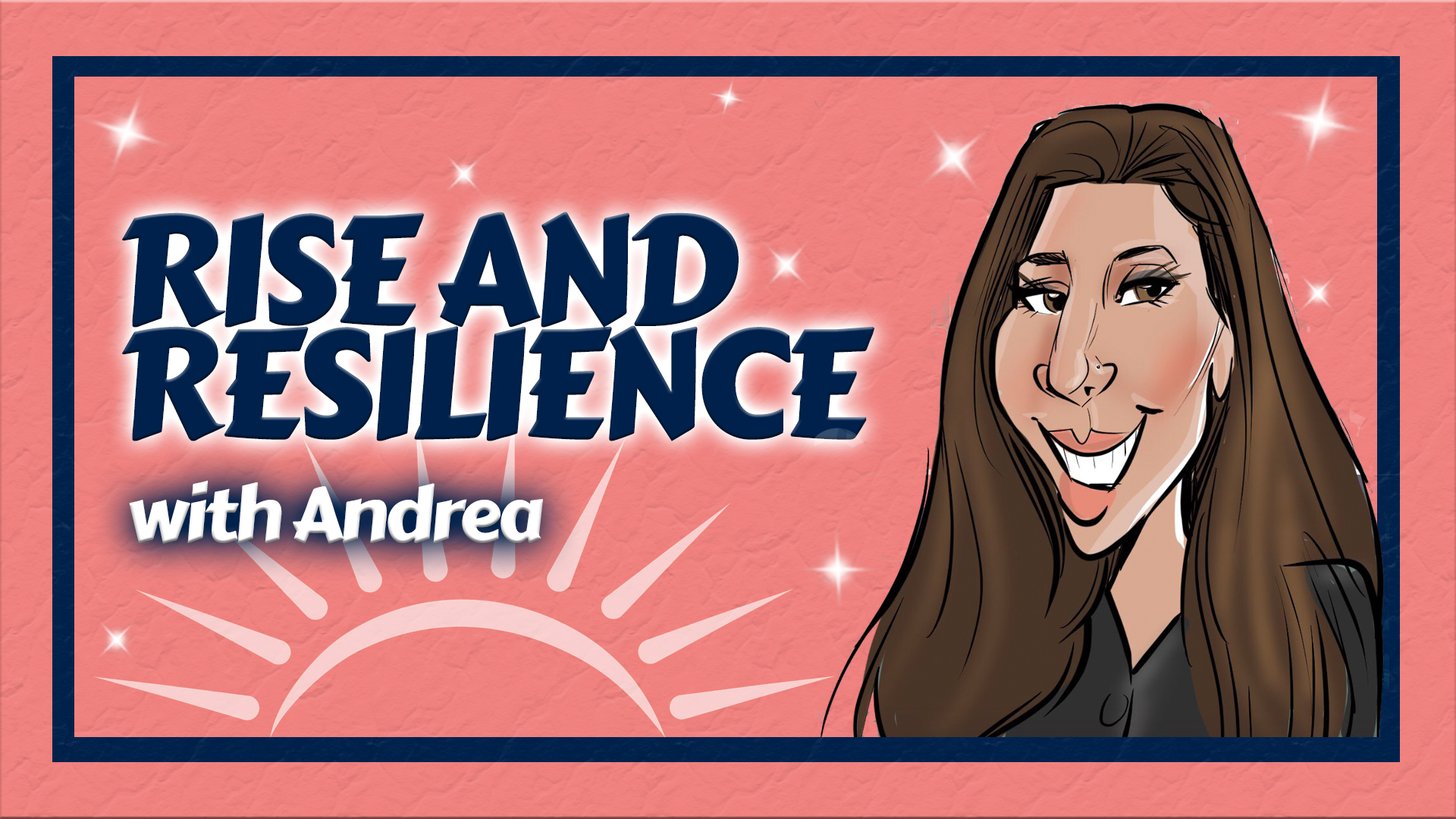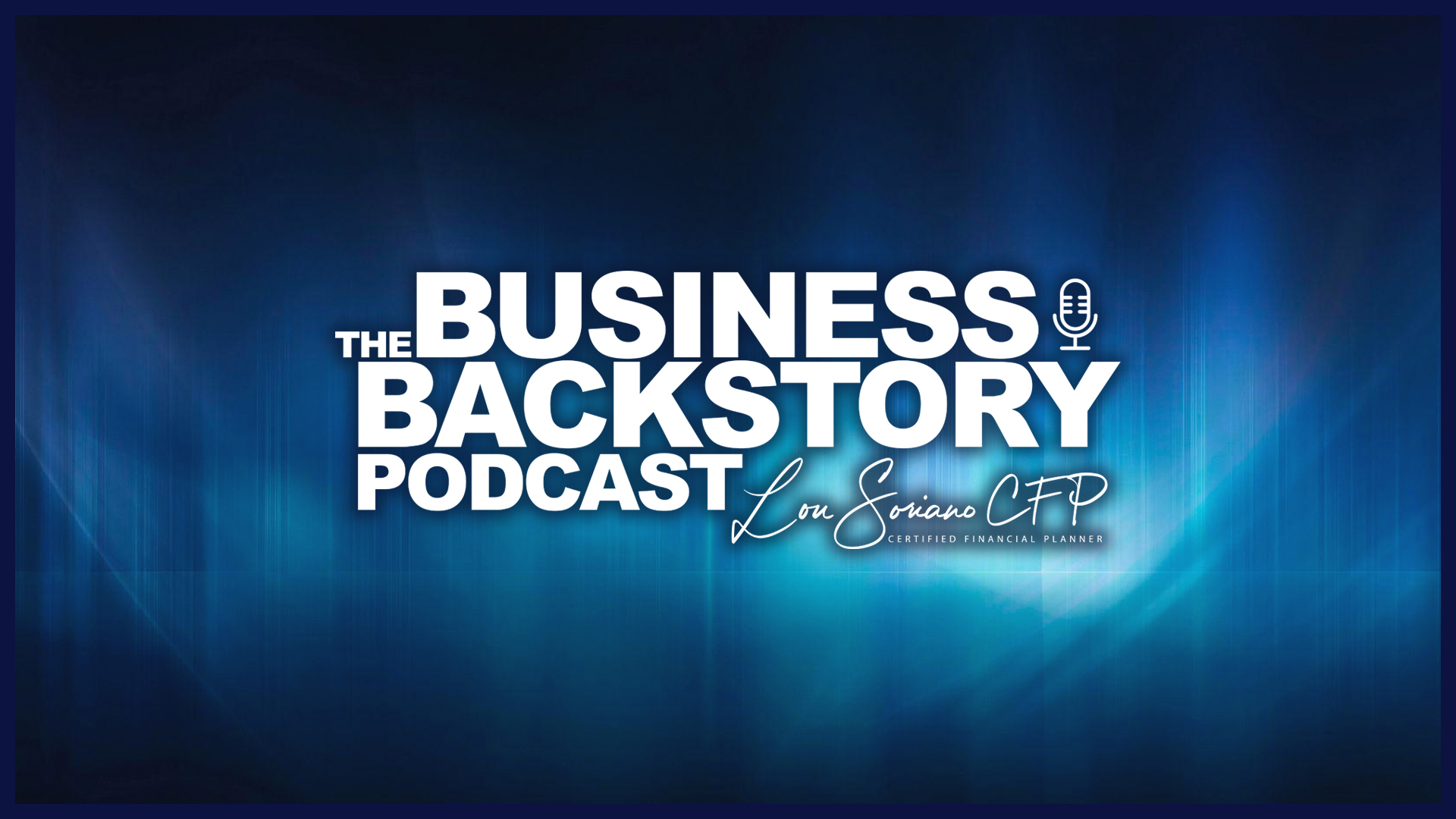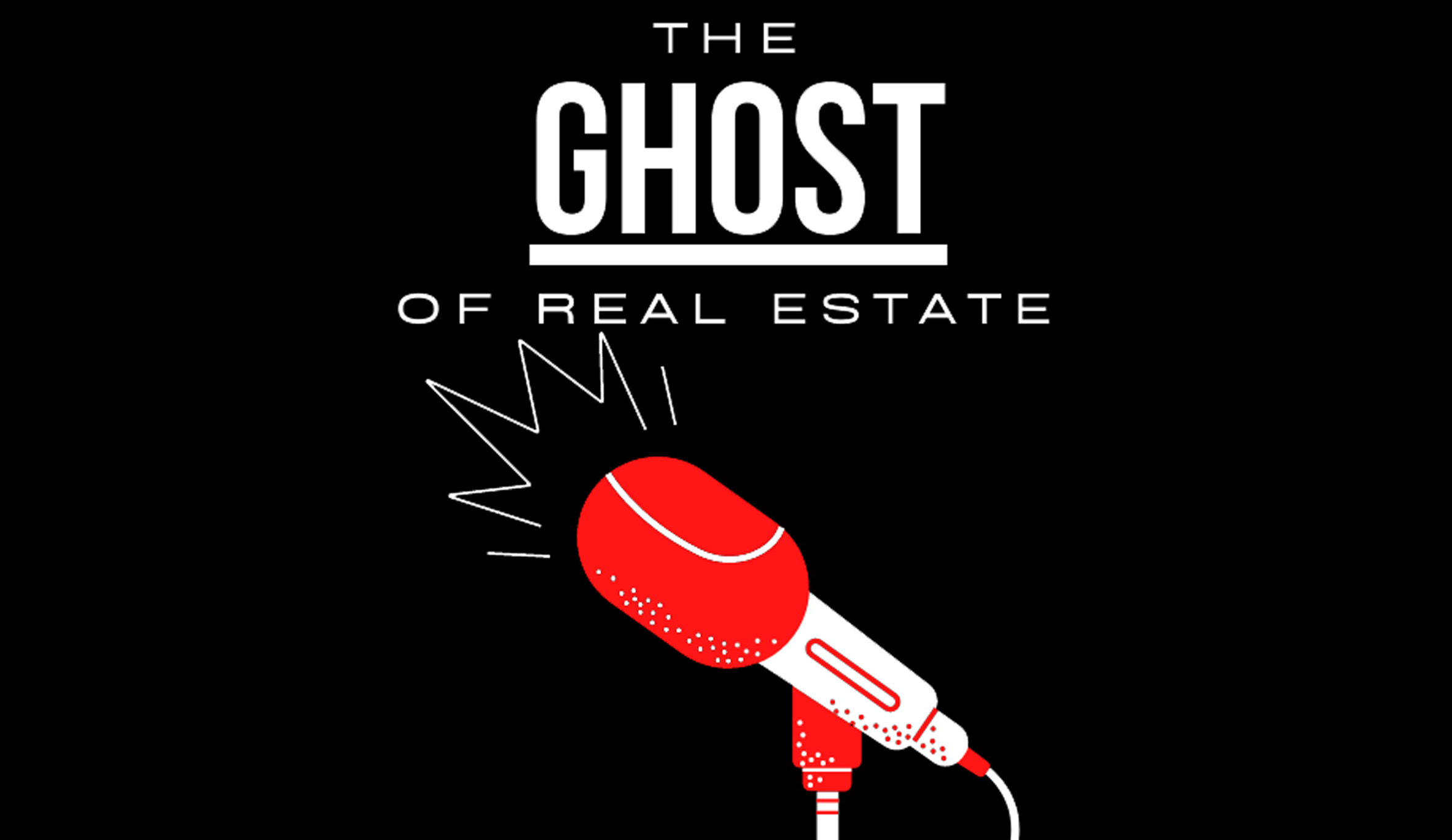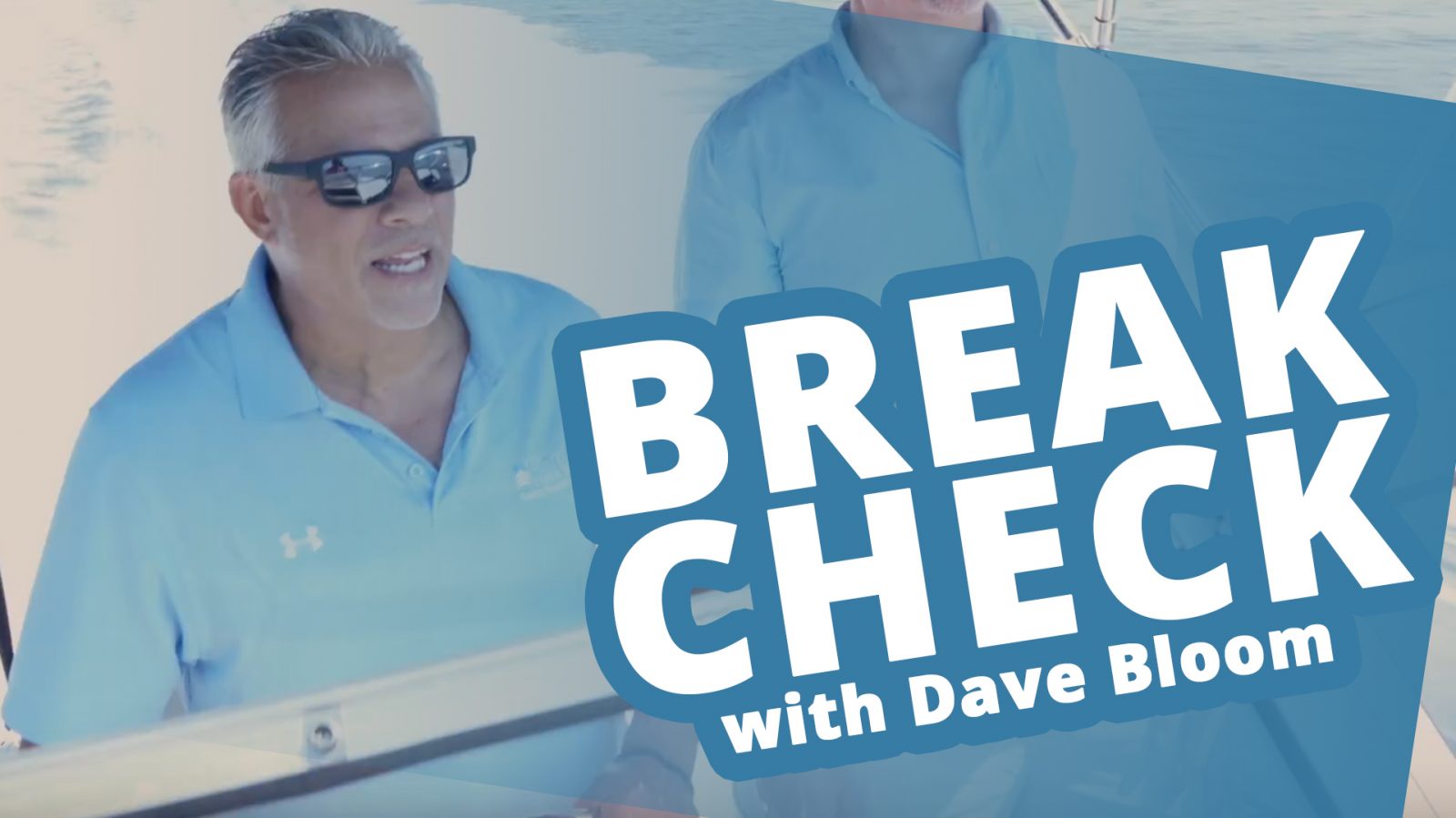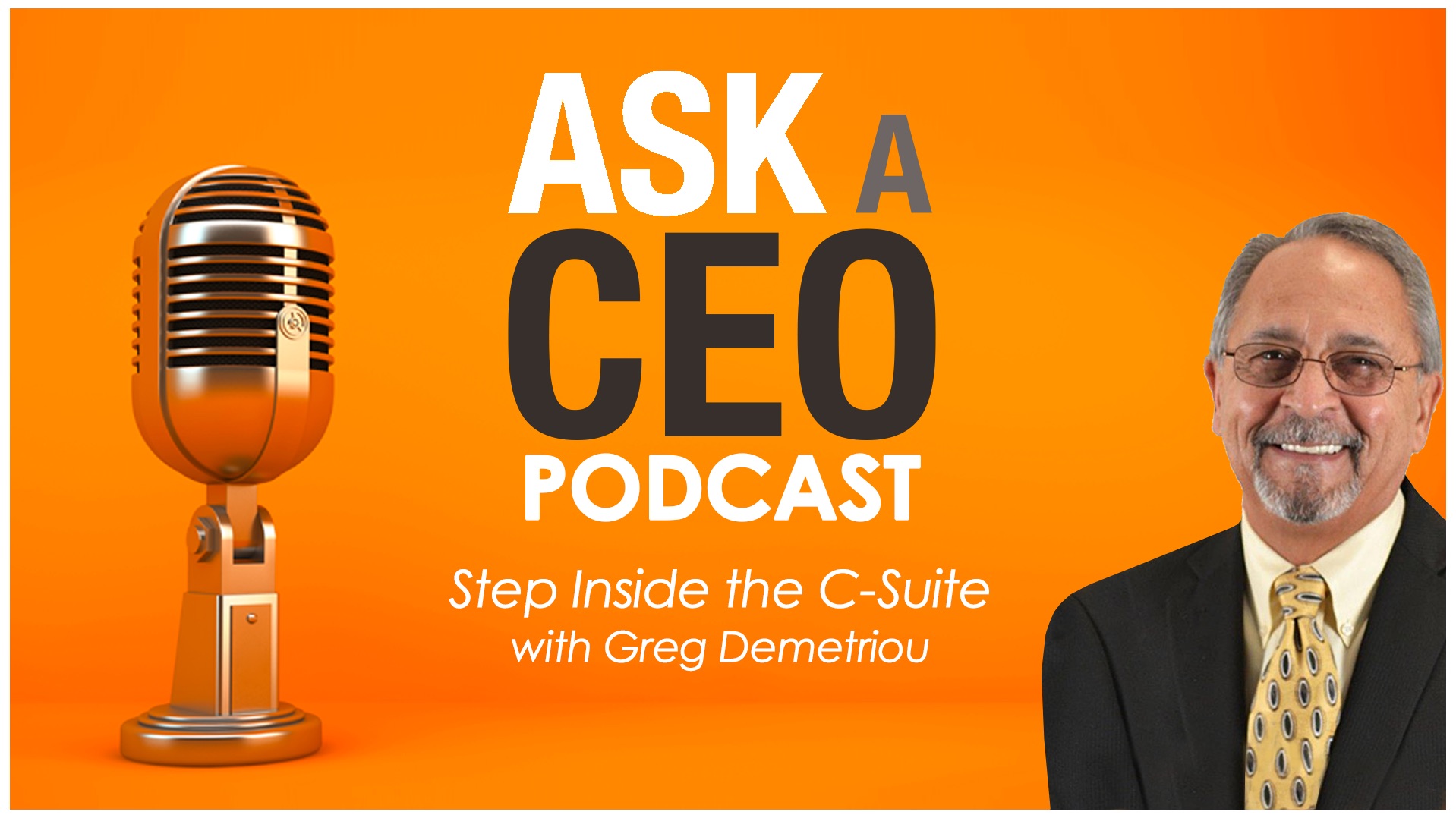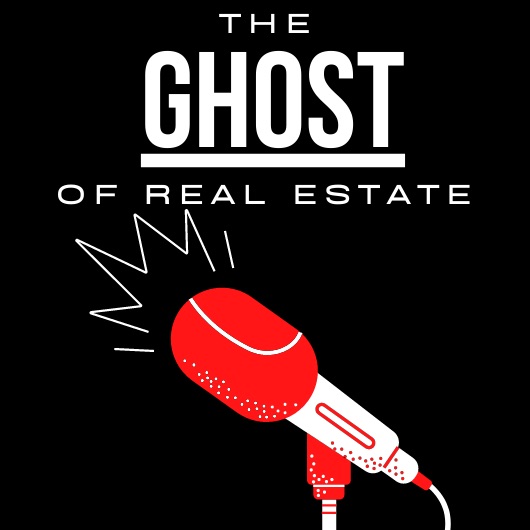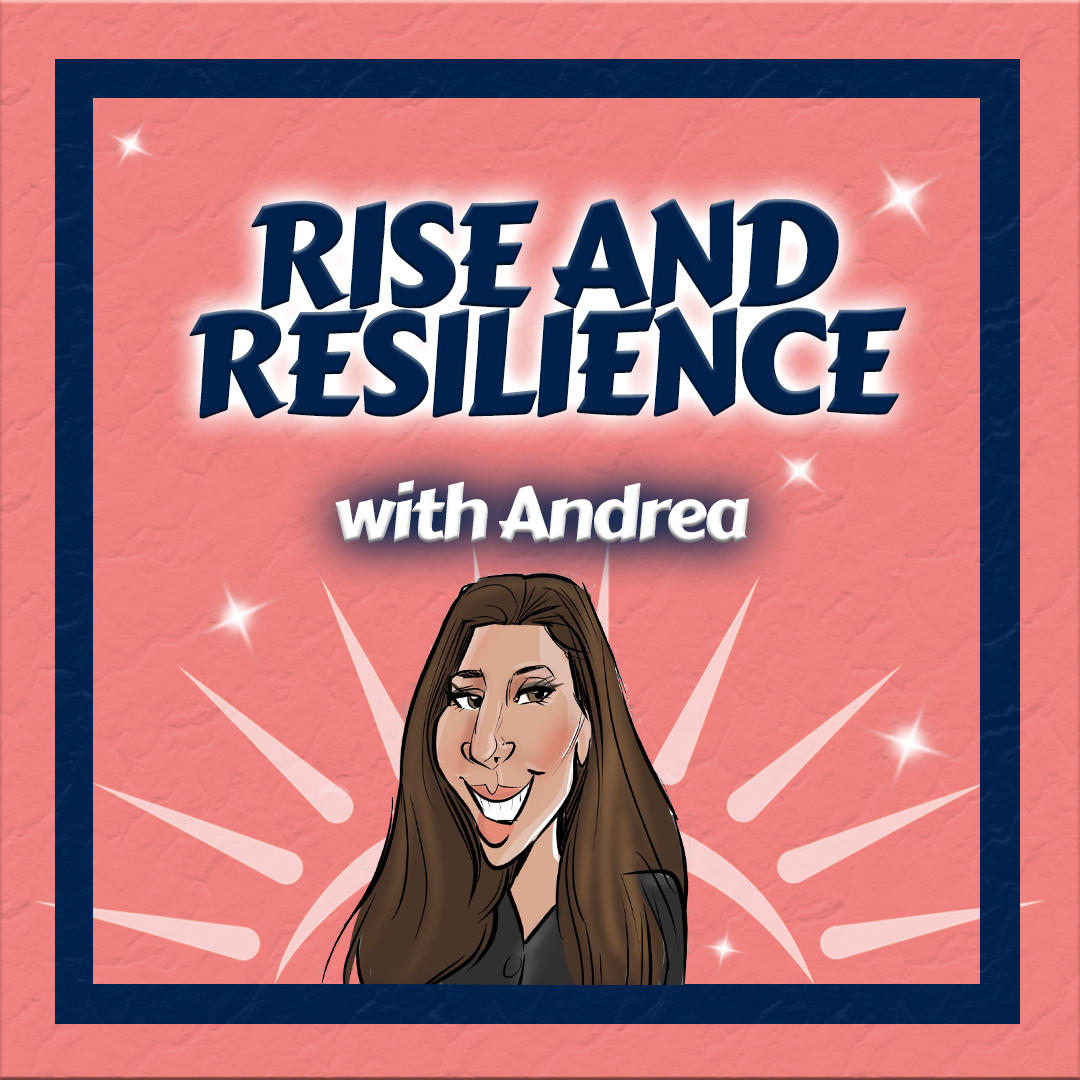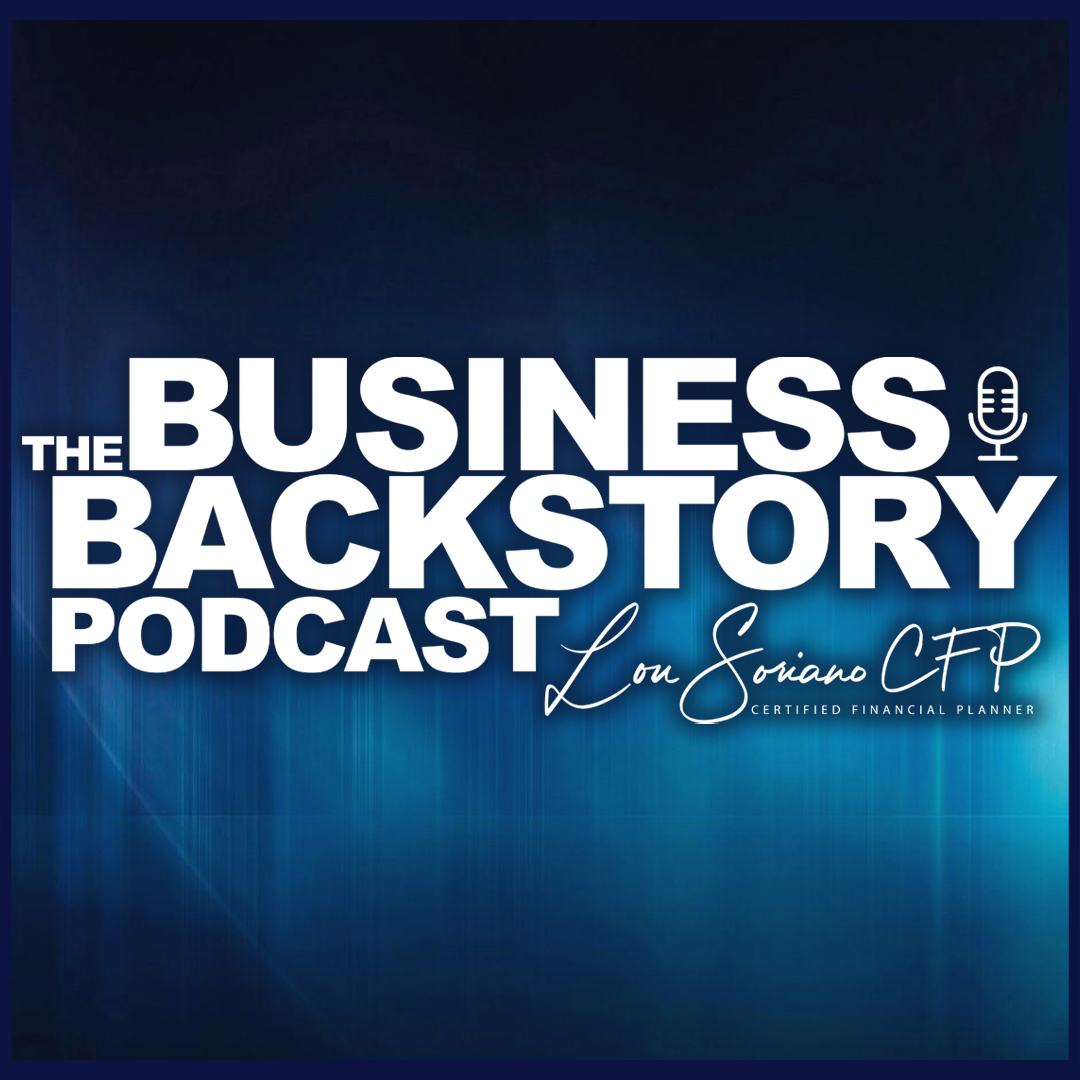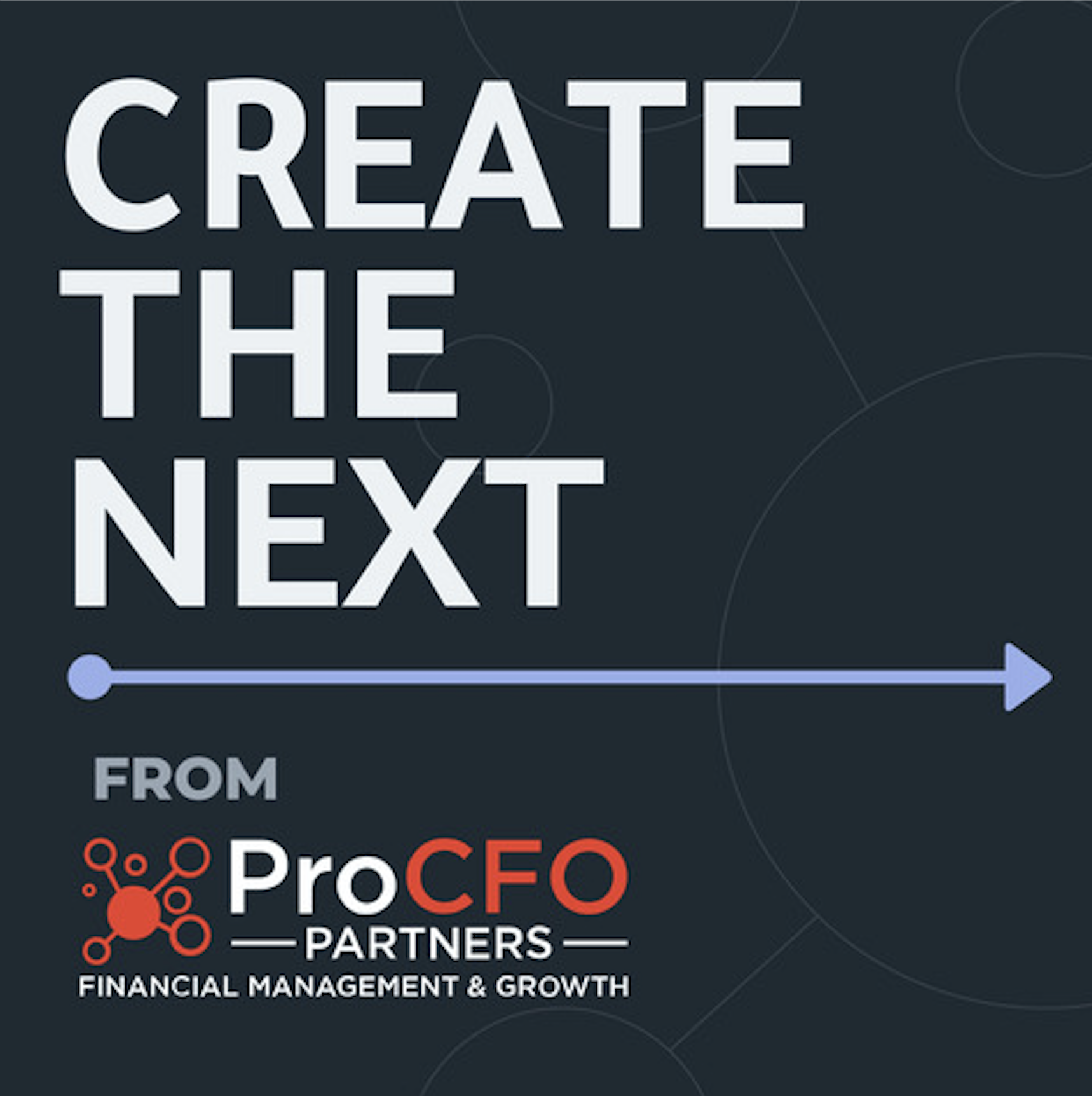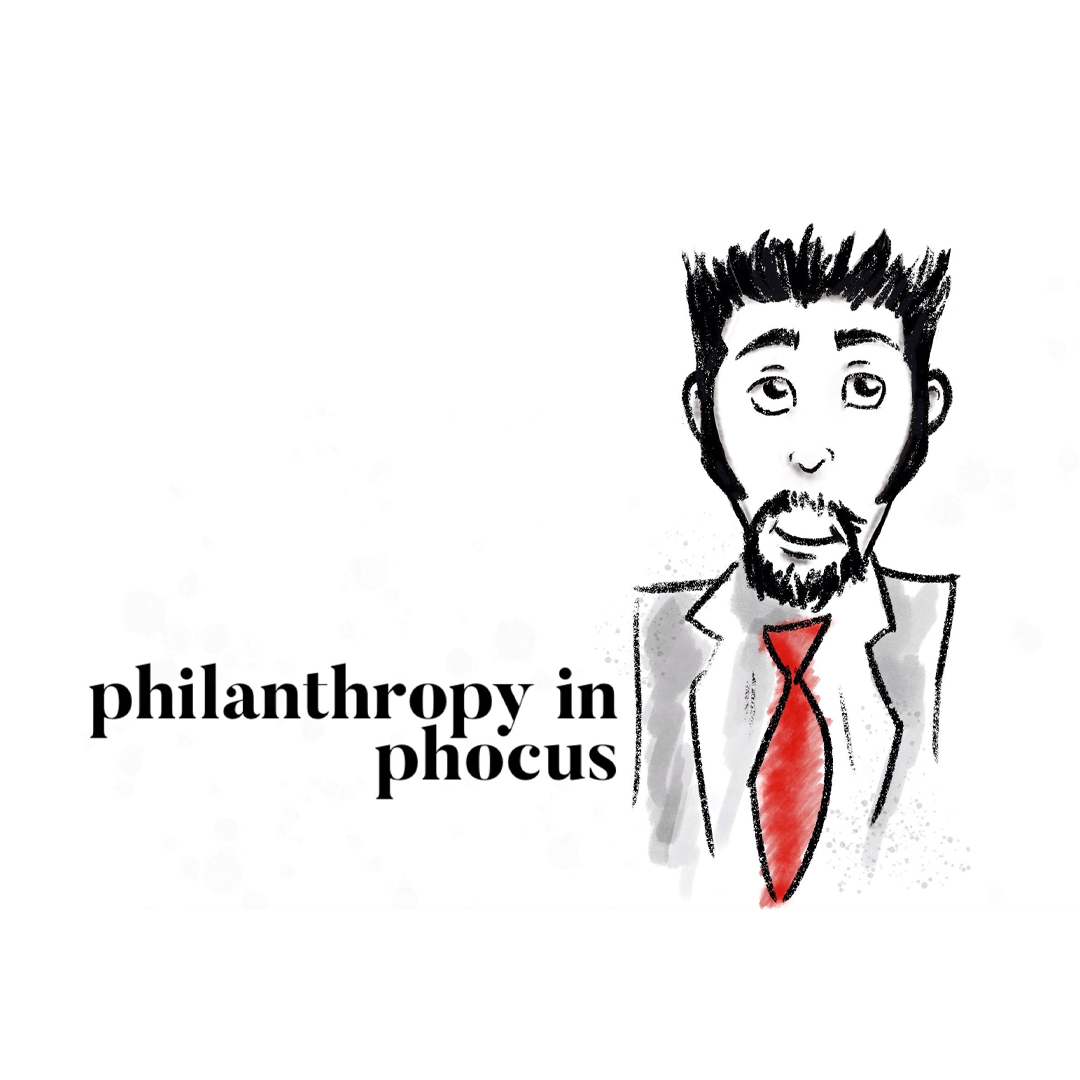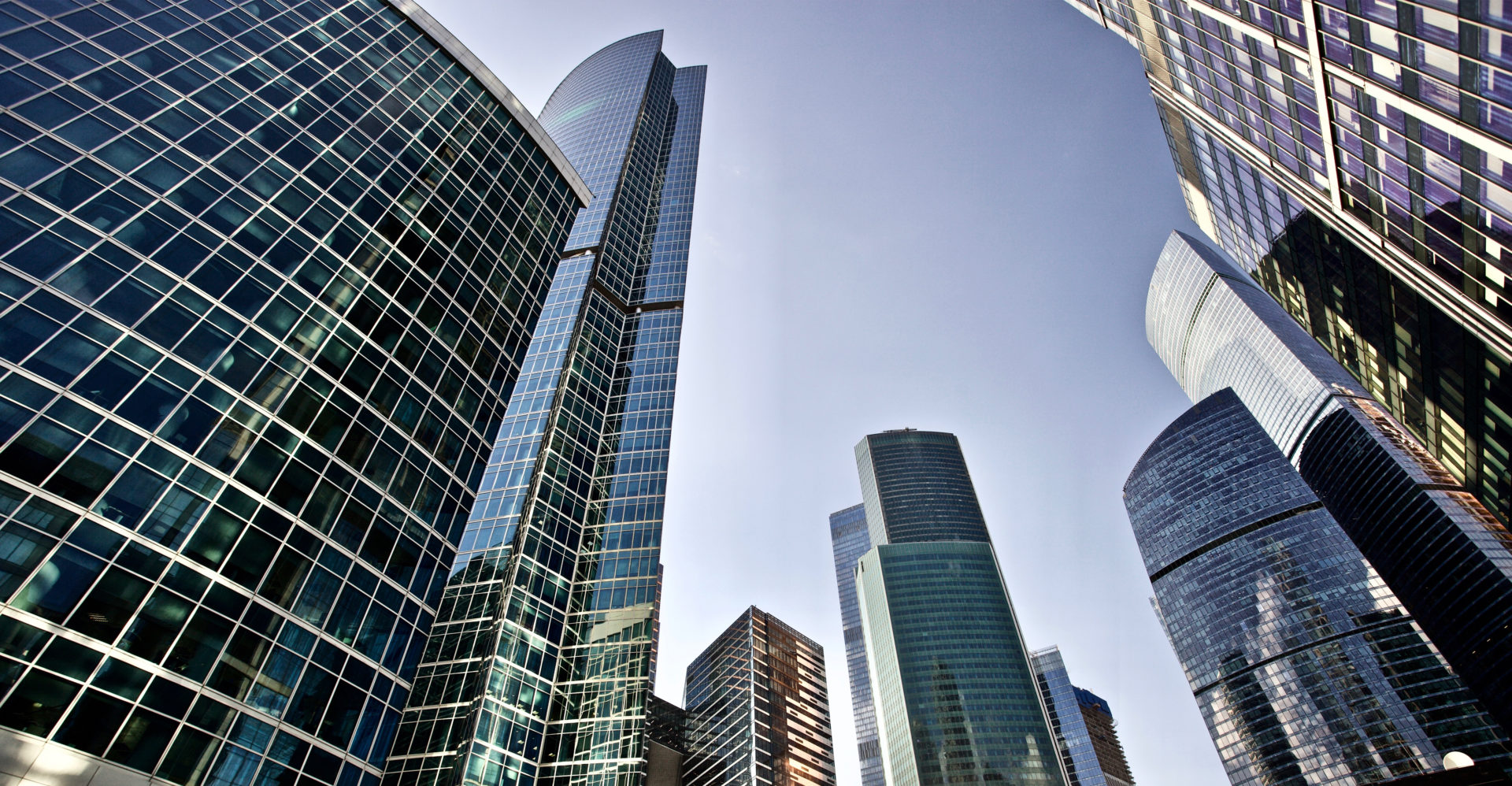
October 2020
4 Min Read
Commercial Classroom: Could this be the End of the Current Commercial Real Estate Cycle?
Written by Edward Smith.
This column is offered to help educate agents new to commercial and investment brokerage and serve as a review of basics for existing practitioners.
Is this the end of the current commercial real estate cycle?
Typically, real estate cycles last about 10 years, during which property values go up slowly at first, then rapidly towards the end of the cycle. When values push the market as high as they can, there is usually a crash, often triggered by a negative economic event. In the early 1990s the bad underwriting of loans by the Savings and Loans Banks caused the collapse of the real estate market. The government ended up closing 747 banks and created the Resolution Trust Corporation to deal with the bad loans.
The next real estate cycle built itself for almost 15 years; values peaked in 2007. In 2008 the real estate market crashed. Due again to unscrupulous mortgage practices coupled with fraudulent investment portfolios consisting of good and toxic loans. Values in the Northeast tumbled 25% to 30% over the next two years, with even higher percentages in other parts of the country. Some say our current real estate cycle was starting to peak in 2019. The big question is, will the Coronavirus Pandemic be the catalyst to bring an economic downturn, that could result in another market crash? We really do not have that answer yet.
But we can anticipate several things. In some offices, tenants are closing or reducing space for safety and the continuance of work-at-home personal. Retail businesses, especially restaurants, going out of business or downsizing. A definite increase in vacancies, which will probably lead to lower rents. Landlords, losing tenants or reducing rents to keep them, will see the net operating income of their building shrinking, thus the value of their properties going down. The exception to these trends are industrial warehouses, for which demand has increased due to increased online sales and needs for personal protection equipment storage in anticipation of a second wave of the Coronavirus.
But for the most part, these events will not happen overnight, and the government has made various programs and loans available to help businesses try to survive. We need to get business open again for a while to really judge the economic damage; and establish the new normal. If we have reached the end of this real estate cycle, it probably will not be evident the end of the year or next year. Hopefully, it will not be a major crash, more a decreasing in values gradually over a few years as we go through the next commercial leasing cycles.
Anticipating this and explaining real estate cycles to owners, who are undecided about selling their properties now, may convince them this is the right time to sell. This may be the peak of the current cycle and if they do not sell now, values will probably go down and who knows when we will reach the next market peak.
Is this the end of the current residential real estate cycle?
The pandemic struck both the commercial and residential markets hard, practically bringing sales to a temporary halt. NAR economic director Dr. Lawrence Yun predicts that home sales will be down for the remainder of the year but rebound in 2021. Sales in the 2nd quarter of 2020 are expected to have declined over 30%, with the average decline in sales projected by years end being 15%.
Prior to the Coronavirus, inventory (houses on the market) was low, as the pandemic grew inventory became even lower. Sellers took their homes off the market with a reluctance to let potential virus carriers into their homes. Also, reconsidering where they may be planning to move to, based on that state’s response to the health crisis.
The buying market has been affected by the “stay at home” orders, temporary or permanent unemployment, concerns for employment stability when returning to work, and the possibility of a second wave of the pandemic in the fall.
However, with so few houses on the market the values for low- and medium-priced homes have held steady. When a new listing does come on the market, the buyers that are ready, jump on it, in many cases causing a bidding war. The other incentive for buyers are the low interest rate mortgage loans, currently 30-year 3.3% interest, which Dr. Yun expects to be under 3% by years end. But the values of the high price homes are expected to decline due to the difficulty to obtain jumbo mortgages.
So, have we reached the end of the current real estate cycle? Some may consider it so, but it may be more of gradual decline in commercial values and a “pause” for the most part in residential prices.
On the commercial side, it reminds me of the early 1980’s when we had mortgage interest rates over 15%, nothing sold. But the commercial agents were able to focus on leasing and make a living. As we come out of this crisis focus on the opportunities that will be available in commercial leasing.
Edward Smith. Jr. CREI, ITI, CIC, GREEN MICP, CNE and CIREC program developer, is a commercial and investment real estate instructor, author, broker, speaker and a consultant to the trade.







